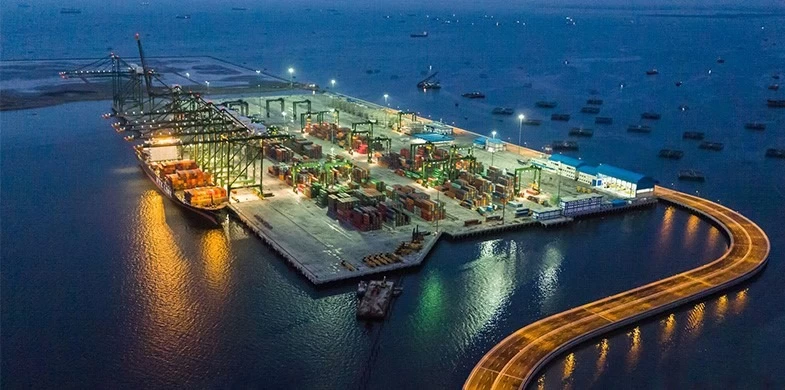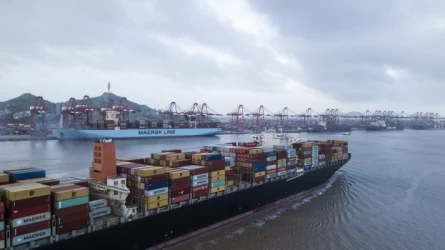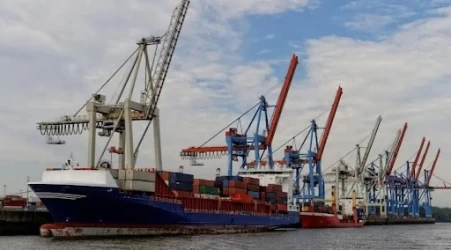Sea Freight in Tanjung Pirok Port
Tanjung Priok Port, located in North Jakarta, Indonesia, is the busiest and most advanced seaport in the country. Handling more than 50% of Indonesia’s trans-shipment cargo traffic, it plays a crucial role in the nation’s economy. This article delves into the various aspects of sea freight operations at Tanjung Priok Port, highlighting its significance, infrastructure, challenges, and future prospects.
Historical Background
The history of Tanjung Priok Port dates back to the late 19th century when it was constructed to replace the older Sunda Kelapa harbor, which had become inadequate for the increasing maritime traffic. The port was officially opened in 1886 and has since undergone numerous expansions and modernizations to accommodate growing trade volumes.
Infrastructure and Facilities
Tanjung Priok Port spans an area of approximately 1,028 hectares, with 76 berths and 20 terminals designed to handle various types of cargo, including general cargo, liquid bulk, dry bulk, and containers. The port is equipped with specialized facilities for oil tankers, chemical-laden ships, metal scrap, and passenger services.
Key facilities include:
- Container Terminals: The port has several container terminals with a combined capacity of around 8 million TEUs (Twenty-foot Equivalent Units). In recent years, the port has handled between 6.2 million to 7.8 million TEUs annually.
- Bulk Terminals: These terminals handle dry and liquid bulk cargo, including commodities like coal, palm oil, and chemicals.
- Passenger Terminals: Tanjung Priok also serves as a hub for passenger ferries, connecting Jakarta with various domestic and international destinations.
Operational Efficiency
Despite its critical role, Tanjung Priok Port has faced challenges related to operational efficiency. One of the major issues has been the long dwell time for containers, which has increased logistics costs for businesses. The average dwell time at the port was reported to be around 6.4 days in 2013, up from 4.8 days in 2010. Efforts to reduce dwell time have included the implementation of an ICT system to speed up document processing and the introduction of higher storage rates to discourage prolonged container storage within the port.
Economic Impact
Tanjung Priok Port is a vital gateway for Indonesia’s international trade, handling two-thirds of the country’s container traffic. The port’s efficiency directly impacts the cost of goods and the competitiveness of Indonesian exports. High logistics costs, which account for approximately 24% of Indonesia’s GDP, have been a significant concern. Improving port operations is essential for reducing these costs and enhancing the overall economic growth of the country.
Future Prospects
The future of Tanjung Priok Port looks promising with ongoing and planned expansions aimed at increasing capacity and improving efficiency. The New Priok Project, also known as Kalibaru Port, is a major development initiative that includes the construction of new terminals and supporting infrastructure. This project is expected to significantly boost the port’s capacity and reduce congestion.
Conclusion
Tanjung Priok Port remains a cornerstone of Indonesia’s maritime infrastructure, playing a pivotal role in the nation’s trade and economic development. While challenges such as long dwell times and high logistics costs persist, ongoing improvements and expansions promise a more efficient and competitive future for sea freight operations at this vital port.
if you have a specific question or need more details about Tanjung Pirok port, Iran's logistics experts are your answer!











